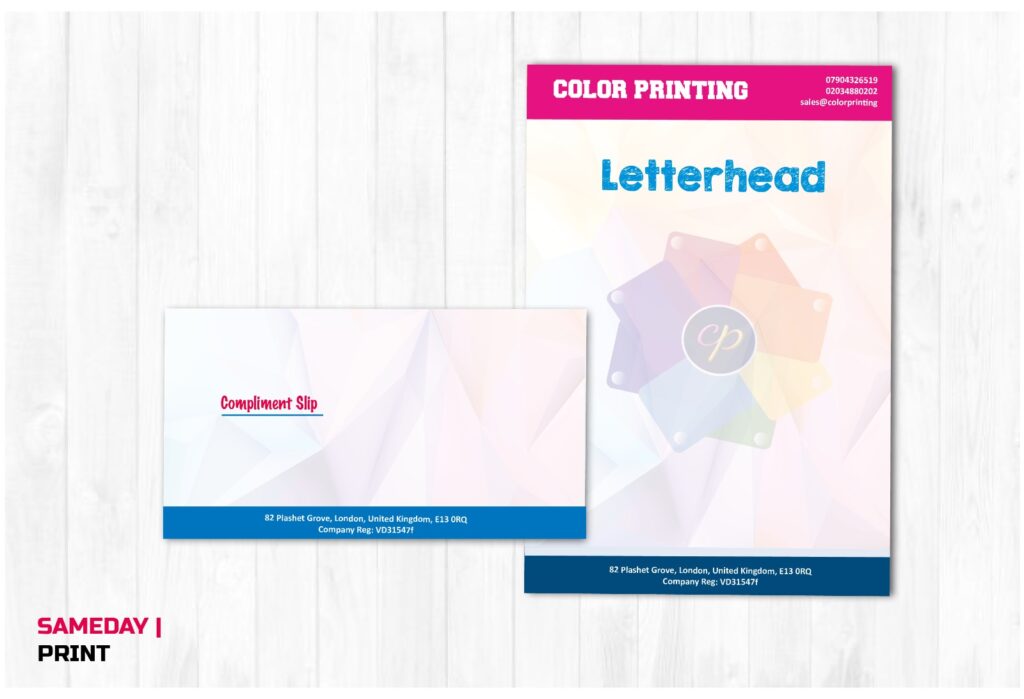When planning a print project, such as a brochure, catalog, or event program, one of the most common questions is: How many pages can a stapled booklet printing have? The answer to this question depends on several factors, including the binding technique and the thickness of the paper used. In this article, we’ll break down everything you need to know about stapled booklets and their page count limitations.
What is a Stapled Booklet?
A stapled booklet, also known as a saddle-stitched booklet, is a printed document where folded sheets of paper are bound together using staples along the spine. This method is cost-effective, easy to produce, and perfect for small to medium-sized booklets. The simplicity of saddle stitching makes it one of the most popular binding options for marketing materials, instruction manuals, and other printed content.
How Many Pages Can a Stapled Booklet Have?
The total number of pages a stapled booklet can have is influenced by two primary factors:
- Page Count Requirements for Saddle Stitching
- Paper Thickness (GSM)
1. Page Count Requirements for Saddle Stitching
For saddle-stitched booklets, the page count must always be a multiple of 4. This is because the booklet is created by folding large sheets of paper in half, which results in four printed pages on each sheet. Here’s a breakdown of how it works:
- 1 folded sheet = 4 pages
- 2 folded sheets = 8 pages
- 3 folded sheets = 12 pages, and so on.
Typically, the minimum number of pages for a stapled booklet is 8 pages (2 sheets), and the maximum number is generally between 48 and 64 pages, depending on the paper thickness.
2. Paper Thickness and Its Impact on Page Count
The thickness of the paper, measured in GSM (grams per square meter), plays a crucial role in determining the maximum page count for a stapled booklet. The thicker the paper, the fewer pages your booklet can accommodate before it becomes difficult to close or too bulky for saddle stitching.
- Thin Paper (70-100 GSM): Booklets made from thin paper can typically handle up to 64 pages. This is ideal for magazines, newsletters, and catalogs.
- Medium Paper (120-170 GSM): For slightly thicker paper, such as used in brochures or higher-quality booklets, the maximum page count is usually 48 pages.
- Thick Paper (above 170 GSM): If you’re using heavier stock like 200 GSM or more, which is often used for photo books or premium brochures, the page count should be limited to 28-36 pages to prevent the booklet from becoming too bulky.
Why is There a Limit on Page Count for Stapled Booklets?
The primary reason for the page limit in stapled booklets is the way they are bound. Since staples are placed along the folded edge of the booklet, as the number of pages increases, the thickness of the spine also grows. At a certain point, the booklet becomes too thick for the staples to securely hold the pages together, resulting in a booklet that may not close properly or might look uneven.
For projects requiring more than 64 pages, alternative binding methods like perfect binding (used in paperback books) or spiral binding are often recommended.
Common Use Cases for Stapled Booklets
Stapled booklets are highly versatile and can be used for a variety of purposes across different industries. Here are some common examples:
- Brochures & Marketing Materials: Perfect for showcasing services, products, or company information in a professional format.
- Event Programs: Whether for conferences, weddings, or concerts, saddle-stitched booklets are ideal for providing schedules and other event details.
- Product Catalogs: A cost-effective way to display product offerings, prices, and descriptions in an easily distributed format.
- Instruction Manuals: Used for step-by-step guides or user manuals that don’t require many pages.
How to Determine the Right Page Count for Your Booklet
When determining the right page count for your booklet, consider the following:
- Content Planning: Ensure you have a clear idea of the amount of content you want to include, including text, images, and graphics.
- Paper Thickness: Choose your paper wisely. If you’re aiming for a thicker, more luxurious feel, you may need to reduce the page count to avoid bulkiness.
- Design and Layout: Your page layout can affect the number of pages. For example, incorporating full-page images or spacing out content will require more pages.
- Project Budget: More pages will increase the cost of printing, so it’s essential to balance your page count with your budget.
How to Calculate Your Stapled Booklet Page Count
Since saddle-stitched booklets require a page count that is a multiple of 4, you’ll need to calculate the total number of pages correctly. To avoid confusion:
- Page count includes all pages: Remember that the front and back covers count as pages, even if they are not numbered.
- Interior pages: If you have, for example, 28 pages of content, including the covers, the total page count will be 32 pages (adding 4 blank pages to reach the nearest multiple of 4).
Conclusion
A stapled booklet, or saddle-stitched booklet, can typically hold between 8 and 64 pages, depending on factors like paper thickness and the overall design. For projects exceeding this page limit, other binding options should be considered. By carefully planning your content, selecting the right paper, and sticking to multiples of four for your page count, you can ensure your booklet looks professional and functions as intended.



